- Battery Manufacturing Equipment
- Battery Laboratory Assembly Equipment
- Battery Pack Assembly Equipment
- Sodium Ion Battery Manufacturing Equipment
- Solid State Cell Production Line
- Dry Electrode Assembly Equipment
- Supercapacitor Assembly Equipment
- Perovskite Solar Cell Lab Equipment
- Li ion Battery Materials
- Ni / Al / Cu Metal Foam
- Customized Electrode
- Cathode Active Materials
- Anode Active Materials
- Coin Cell Parts
- Lithium Chip
- Cylindrical Cell Parts
- Battery Current Collectors
- Battery Conductive Materials
- Electrolyte
- Battery Binder
- Separator and Tape
- Aluminum Laminate Film
- Nickel Strip/Foil
- Battery Tabs
- Graphene Materials
- Cu / Al / Ni / Stainless steel Foil
- Battery Laboratory Equipment
- Li ion Battery Tester
- Battery Safety Tester
- Material Characterization Tester
- Rolling Press Machine
- Electrode Mixer
- Coin Cell Crimping Machine
- Coin Cell Electrode Disc Punching
- Pouch Cell Sealing Machine
- Pouch Cell Stacking Machine
- Pouch Cell Forming Machine
- Pouch Cell Ultrasonic Welder
- Pouch Cell Electrode Die Cutter
- Cylinder Cell Sealing Machine
- Cylinder Cell Grooving Machine
- Electrode Slitting Machine
- Cylinder Cell Winding Machine
- Cylinder Cell Spot Welding Machine
- Electrolyte Filling
- Type Test Cell
- Other Battery Making Machine
- NMP Solvent Treatment System
- Vacuum Glove Box
- Coating Machine
- Lab Furnaces
- Ball Mill
- Laboratory Press
- Laboratory Equipment
- Press Equipment
- 2024-01-24
A Pouch Cell Fabrication Machine is a sophisticated and specialized piece of equipment designed to automate and optimize the intricate process of manufacturing pouch cells, a type of lithium-ion battery widely used in portable electronics, electric vehicles, and energy storage systems. This machine is crucial for achieving high-efficiency production while ensuring the reliability and performance of the final battery products.
1. Electrode Coating:
The fabrication process begins with the application of a thin, uniform layer of electrode material onto a current collector. This coating station is a critical component, responsible for depositing anode and cathode materials onto metal foils. The consistency and precision achieved in this step significantly impact the overall performance of the pouch cell.
2. Calendering:
Following the coating process, the calendering unit comes into play. This unit compresses and smoothens the coated electrode materials to achieve the desired thickness and density. Calendering is essential for optimizing the electrode's structural integrity and ensuring uniformity throughout the cell.
3. Slitting:
Once the electrode materials are coated and calendered, a slitting machine is employed to cut them into precise widths. This step prepares the materials for the subsequent assembly process, contributing to the overall accuracy and efficiency of the production line.
4. Electrode Stacking:
The stacking station is where the alternating layers of anode, separator, and cathode are assembled to create the electrode stack. The separator, a critical component that prevents short circuits, is strategically placed between the positive and negative electrodes. The precision achieved during stacking influences the overall performance and safety of the pouch cell.
5. Pouch Forming:
In the forming station, the electrode stack is inserted into a flexible pouch material, often made of aluminum. The pouch is then sealed, giving the pouch cell its characteristic flat and flexible structure. This process requires precision to ensure the integrity of the cell and prevent electrolyte leakage.
6.Battery Electrolyte Injection machine:
The filling system is responsible for injecting the pouch cell with electrolyte, a conductive solution essential for ion flow during the battery's charge and discharge cycles. Accurate electrolyte filling is critical for the proper functioning of the cell.
7. Sealing:
Following electrolyte filling, the pouch cell undergoes a hermetic sealing process to prevent leakage and maintain the internal environment required for optimal electrochemical reactions. Sealing ensures the longevity and safety of the battery.
8. Formation:
The formation chamber is where the newly formed pouch cells undergo an initial charge and discharge process. This step is crucial for stabilizing and activating the electrochemical reactions within the cell, preparing it for use.
9. Testing and Quality Control:
Various testing stations, including voltage tests, capacity tests, and impedance tests, are integrated into the machine to ensure that each pouch cell meets stringent performance and quality standards. This stage is vital for identifying and addressing any deviations from specifications.
10. Tab Welding:
Tabs or leads are welded to the electrodes using a tab welding machine. These tabs provide the necessary electrical connections for the pouch cell.
11. Cutting and Trimming:
In the final stages, the finished pouch cells undergo cutting and trimming to achieve their final dimensions. This step is crucial for ensuring uniformity and meeting design specifications.
12. Automation and Control:
The entire process is orchestrated by an automated control system. Automation enhances efficiency, reduces the likelihood of human error, and ensures consistency in production, contributing to the overall success of the pouch cell fabrication process.
In conclusion, the Pouch Cell manufacturing is a sophisticated and multifaceted tool that plays a pivotal role in the mass production of pouch cells. Its precision, automation, and integration of quality control measures contribute to the advancement of lithium-ion battery technology, fostering the development of more reliable and high-performance energy storage solutions.
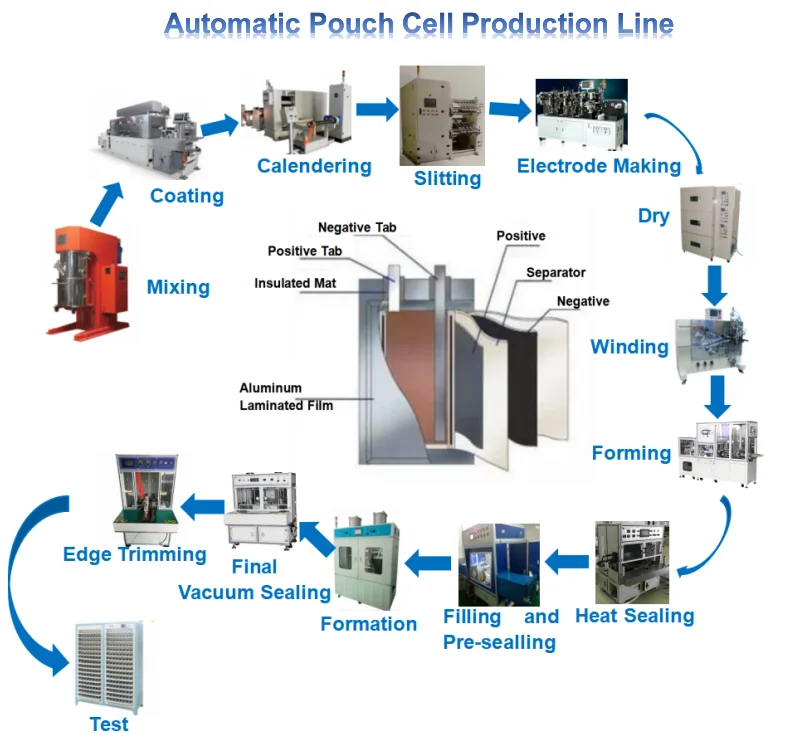
-
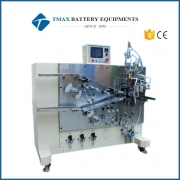 Automatic Cylinderical Battery Electrode Winding Machine
Read More
Automatic Cylinderical Battery Electrode Winding Machine
Read More
-
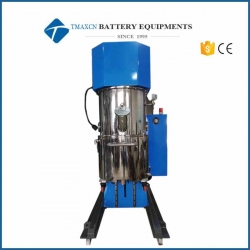 100-200L Double Planetary Vacuum Mixing Machine for Lithium Battery Slurry
Read More
100-200L Double Planetary Vacuum Mixing Machine for Lithium Battery Slurry
Read More
-
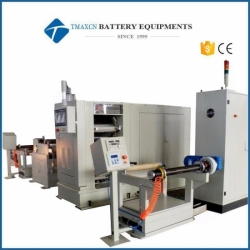 Large Heating Roller Press Machine Calender For Li ion Battery Production Line
Read More
Large Heating Roller Press Machine Calender For Li ion Battery Production Line
Read More
-
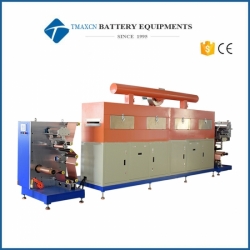 Large 3 Rollers Battery Electrode Film Intermittent Coating Machine for Pilot Production Line
Read More
Large 3 Rollers Battery Electrode Film Intermittent Coating Machine for Pilot Production Line
Read More
-
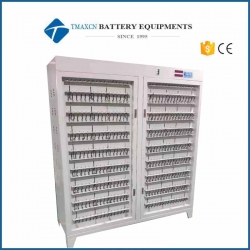 512 Channel 5V3A Battery Grading Machine/Battery Charge Discharge Machine Tester
Read More
512 Channel 5V3A Battery Grading Machine/Battery Charge Discharge Machine Tester
Read More
 ru
ru
 David@battery-equipments.com
David@battery-equipments.com

